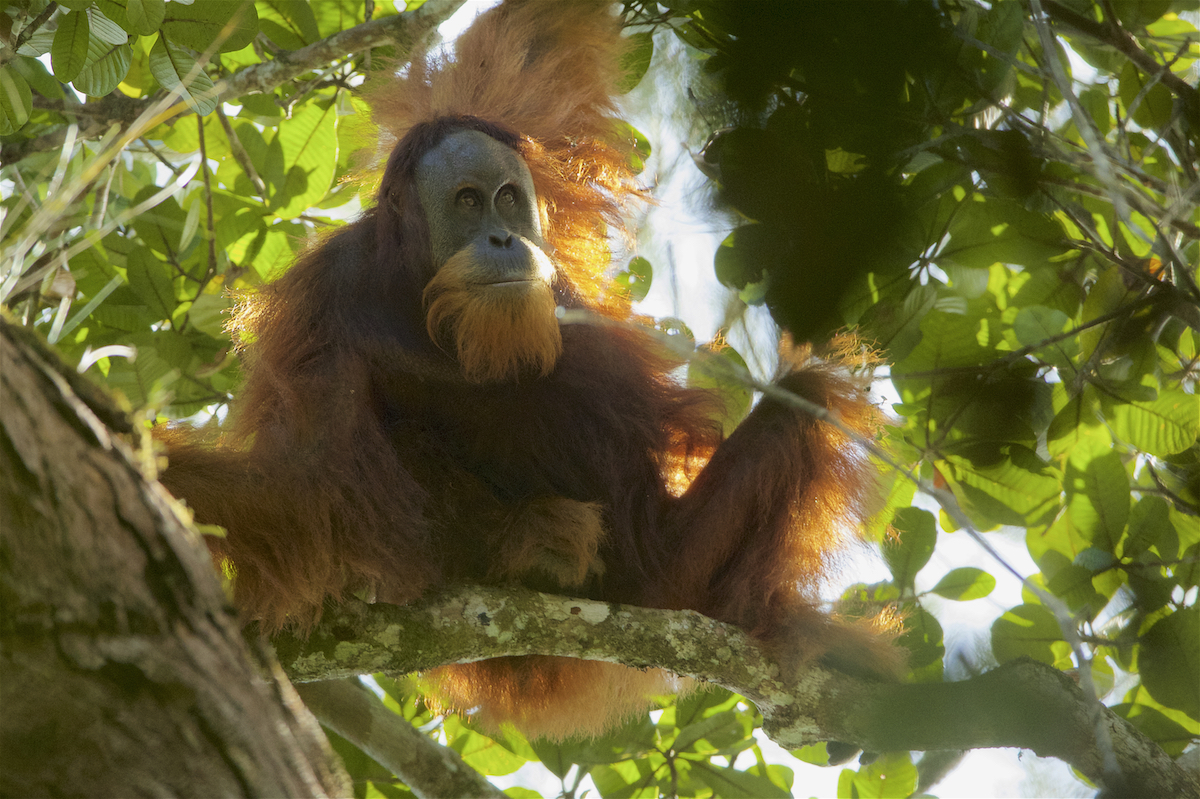China is frequently hailed as a leader in international efforts to keep global warming below 2 degrees Celsius, playing a pivotal role in negotiating the Paris Agreement, and pledging that carbon emissions will peak by 2030 and decline rapidly thereafter. The country has quickly become one of the world’s largest investors in renewable energy, investing in solar and wind projects, hydroelectric dams, and electric vehicles. President Xi Jinping has described a new era in Chinese development, calling for a Chinese “ecological civilisation”.
There are serious questions about whether the BRI functions as a smokescreen for China to outsource its pollution and environmental degradation to poorer and more vulnerable countries.
Despite the positive talk and diplomatic signals, China’s environmental footprint is worryingly large in terms of both climate change and global biodiversity.
In many ways, Xi’s flagship program for infrastructure investment is facilitating a shift of environmentally destructive policies away from China to other countries, all while the Chinese Communist Party (CCP) publicly claims the mantle of green leadership.
China’s Belt and Road Initiative (BRI) is one of the most ambitious and expansive global infrastructure development schemes, with projections that China could pour more than $900 billion into infrastructure and development projects. The broader aim is to expand and diversify China’s trade routes, connecting it across land and sea to Central Asia, Europe, Africa, and the Middle East.
While many governments, including Australia, have expressed some concern about the long-term national security implications of the BRI, the environmental impact of China’s vast infrastructure projects in many countries have received relatively little attention from national leaders. In 2017, the World Wildlife Fund (WWF) produced a report detailing the potential disruption and degradation of important and protected ecosystems and biodiversity conservation corridors as a consequence of BRI projects that could lead to further loss of endangered or vulnerable species and the collapse of particular ecosystems.
Environmental implications have been neglected
China’s own domestic efforts at environmental reform that include phasing out polluting industries in order to improve air quality, arresting deforestation, and generally promoting greater environmental transparency in domestic development, should be lauded.
But there are serious questions about whether the BRI functions as a smokescreen for China to outsource its pollution and environmental degradation to poorer and more vulnerable countries. Despite Xi’s assurances that the “new silk road” will be “green, healthy, intelligent and peaceful”, the World Bank has noted that many of the countries where these projects are underway or planned have poor records when it comes to transparency and environmental safeguards.
Of gravest concern is the fact that many of the infrastructure projects will directly overlap with protected areas and further fragment habitat essential to the survival of vulnerable and endangered species, and could lead to ecosystems collapsing. One example is a proposed hydroelectric dam in Northern Sumatra, Indonesia, which, if built, would threaten the survival of the Tapanuli Orangutan, one of the most vulnerable species of great ape on the planet.
As tropical ecologist William F Laurance has warned:
The Batang Toru project will slice its tiny remaining habitat in half via the roads, power-line clearings, and massive pipeline required for the project, along with flooding some prime habitat for the ape.
Criticism of the BRI has predominantly focused on the significant environmental risks associated with many of the plans to build large-scale rail, roads, ports, and hydroelectric dams. In addition to the immediate environmental impacts of infrastructure development, greater scrutiny is also needed for the long-term environmental implications as the BRI opens up China’s access to non-renewable resources in other states. These include fossil fuels, fish, and wood.
While the continued burning of fossil fuels is incompatible with the Paris Agreement goal of keeping global warming under 1.5 degrees Celsius, China continues to invest in foreign sources of oil, natural gas, and coal. International pressure to reduce fossil fuel use has been enshrined in the Paris Agreement and China’s commitment to reducing its carbon emissions suggest the potential for these resources to increasingly be displaced by renewable solar, wind, and hydroelectric sources of energy, and by China’s rapidly expanding investment in electric vehicles.
Equally concerning is China’s growing consumption of fish. The UN Food and Agriculture Organisation (FAO) notes that China is the world’s largest consumer and that global stocks are increasingly being fished at biologically unsustainable levels. Likewise, the demand for timber and charcoal has, in part, been filled with illegal products, adding to global rates of deforestation that are threatening biodiversity and further contribute to global warming.

Why Does Biodiversity Matter?
Alongside anthropogenic climate change, scientists are sounding the alarm over what is being called the sixth mass extinction of species, severe loss of biodiversity, and rapid ecosystem collapse around the world.
The consequences of this for global food and water systems are complex. Healthy ecosystems and biodiversity are fundamental to the human species continued survival, yet the current threats to them have received relatively little attention and the implications for our security are not adequately understood.
If the Belt and Road Initiative encourages a global trend towards investment in renewable and less carbon-intensive forms of energy, this is positive. Yet the possibility that China is, to use a business term, offshoring its environmental responsibilities to states with little or no capacity to protect diverse and fragile ecosystems is alarming and requires international efforts to ensure transparency and accountability.
David Attenborough warned the gathering at Davos this week that “the Garden of Eden is no more”.
Preventing further global loss of biodiversity and ecosystems collapse is among the greatest, and most important challenges of our time and the BRI cannot be confused with progress if the environmental cost is too great.

